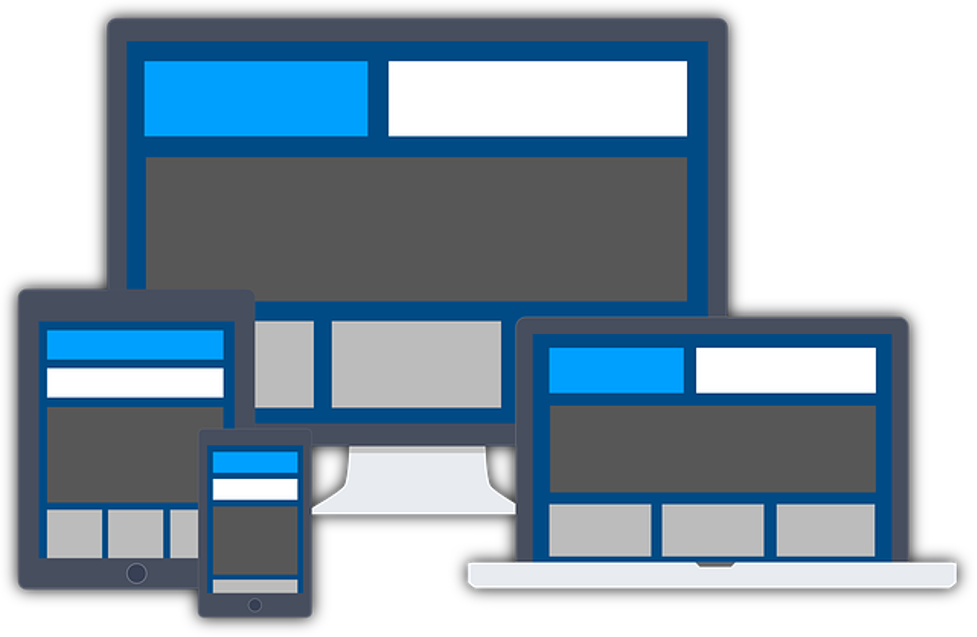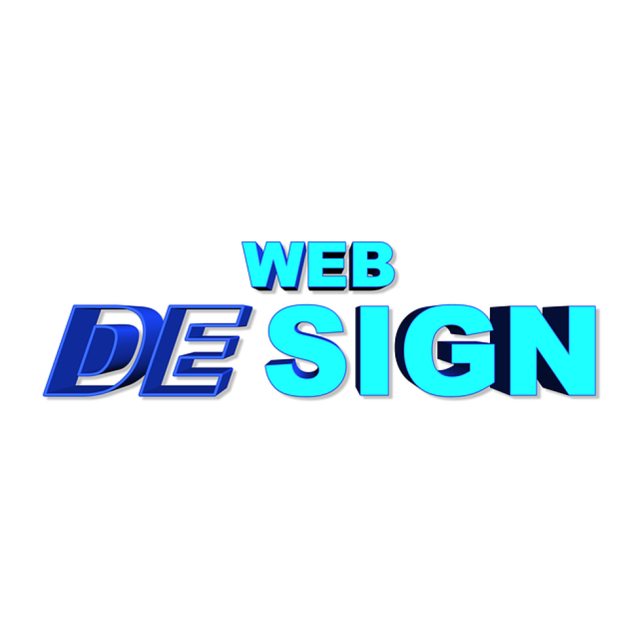Even if a Miami-based brick-and-mortar business is void of e-commerce, companies must have a visible online presence. This means creating an effective website. It’s relatively easy to structure a website, considering the accessibility of a vast number of tools.
However, understanding how to implement these tools and developing a strategy to maximize user engagement and increase traffic is more challenging. Without these skills, a business can miss the chance to hook the audience.
With a few helpful tips on Miami Florida web design, companies can draw a larger demographic from whom greater conversions can be achieved.
Building A Business Website
Contents

Serious brands must implement a well-designed website as a core element of their business strategy, even if they are not currently engaging in e-commerce. A website gives a company a vital online presence, lending legitimacy and credibility to it.
With this “digital real estate,” you, as a business leader, can drive traffic through the pages and nurture the demographic through the sales funnel. When creating a first website or redesigning your current site, consider the following tips to achieve effective results.
Mobile responsiveness
People spend roughly five hours or more on their mobile each day, with many doing most of their shopping with their mobile online. A company must tap into this audience with a mobile-responsive website to ensure a positive user experience.
You want customers to find your site friendly when navigating or reading while on their mobile devices. Those who find it challenging could abandon the effort in favor of a more responsive site.
In that same vein, negative mobile experiences impact a site’s ranking with prominent search engines, meaning it will be more difficult to find when performing a search.
Readily accessible
The domain name you select should either coincide with your business name or describe the company somehow. A website with multiple domains leading to it is feasible.
In driving traffic to the site, you would incorporate technical SEO strategies including content marketing, keyword research, paid ad campaigning, and on.
Contact details
Businesses that rely on customers calling or contacting their team must put company details prominently where the target audience can easily access them. As a rule, designers recommend that it be visible on the top of the homepage. This prevents users from searching for an address or a preferred method of contact.
This should include social network links, email, or a chat option in either the header or footer.
Top web designers recommend keeping the navigation menu to no more than “five distinctly labeled tabs with relevant pages organized under the related tab.” When navigating the site, the user should have a clear path leading them back to the homepage from anywhere in the platform.
This is critical since a prominent search engine result often lands a user on a specific webpage rather than the homepage. Helpful sidenote: users will scan webpages first from the top and then from the left.
The navigation menu needs to be strategically placed at the top of the page, where most users expect it to be. Primary categories with drop-down menus to maneuver through the site allow the most accessible navigation.
Visit https://www.sooperarticles.com/internet-articles/web-design-articles/benefits-choosing-web-design-miami-511016.html#sidr for benefits associated with finding web design in Miami.
Uncluttered pages
When presented with a jumble of information at one time, a user will become easily overwhelmed. They need to be able to contextualize the details to be able to retain them. The recommendation is to balance graphics and text for clean pages.
When designing, question if the information you’re including is something the user will genuinely care about. Remove the widget if the content doesn’t support the page’s purpose.
Detail accuracy
Information on a website must be accurate for a positive user experience. Consumers finding outdated promotions, discontinued products, or poorly written content will view the brand as less credible.
Proofreading the pages before they’re published is critical, and then review them periodically, particularly if there are updates on the site. Click to learn the importance of web design in Miami.
Slow loading
Studies indicate that a majority of users (roughly 90 percent) will leave a website due to slow loading. The webpage load time will further impact users’ conversion decisions for approximately 70 percent of online consumers.
The software should constantly be updated to ensure smooth operation, images, and videos should be optimized for fast download, and a host with the capacity to handle your bandwidth demand should be incorporated.
Implement a CTA- call to action
The webpages must entice a user to take some sort of action. You can achieve this by implementing a CTA- call to action encouraging the user to follow your instructions.
That can include registering for a service, contacting the business, making a purchase, or something that will help you achieve your company objectives.
The design should offer the user an easy way to react to the CTA by using clear language, a link, or a button. It should be above the fold so the user can find it without searching.
Simplify the design

Complex or intricate designs can distract the user from the valuable web details. Keep the distractions to a minimum by limiting GIFs, colors, and fonts. Include bullet points and short paragraphs, roughly 4-6 lines, for easy scanning over the pages. This improves the chances that a user will spend time with the page.
A simple design reads better on a mobile device, leading to mobile responsiveness, a major factor when prominent search engines rank sites. The better a site ranks, the higher it will be on the SERPs- search engine results page. If you’re not mobile-friendly but another company is, your site will fall in users’ search results.
Final Thought
When designing a website, prioritize the customer’s viewpoint. If you were looking at the site from their perspective, consider what details would be most valuable and where you would need to offer further explanation to make the details easy to understand.
By looking at the design as a consumer, the end result will be an engaged user who stays on the site longer, one who finds you to be credible and trustworthy, culminating in a sale.


